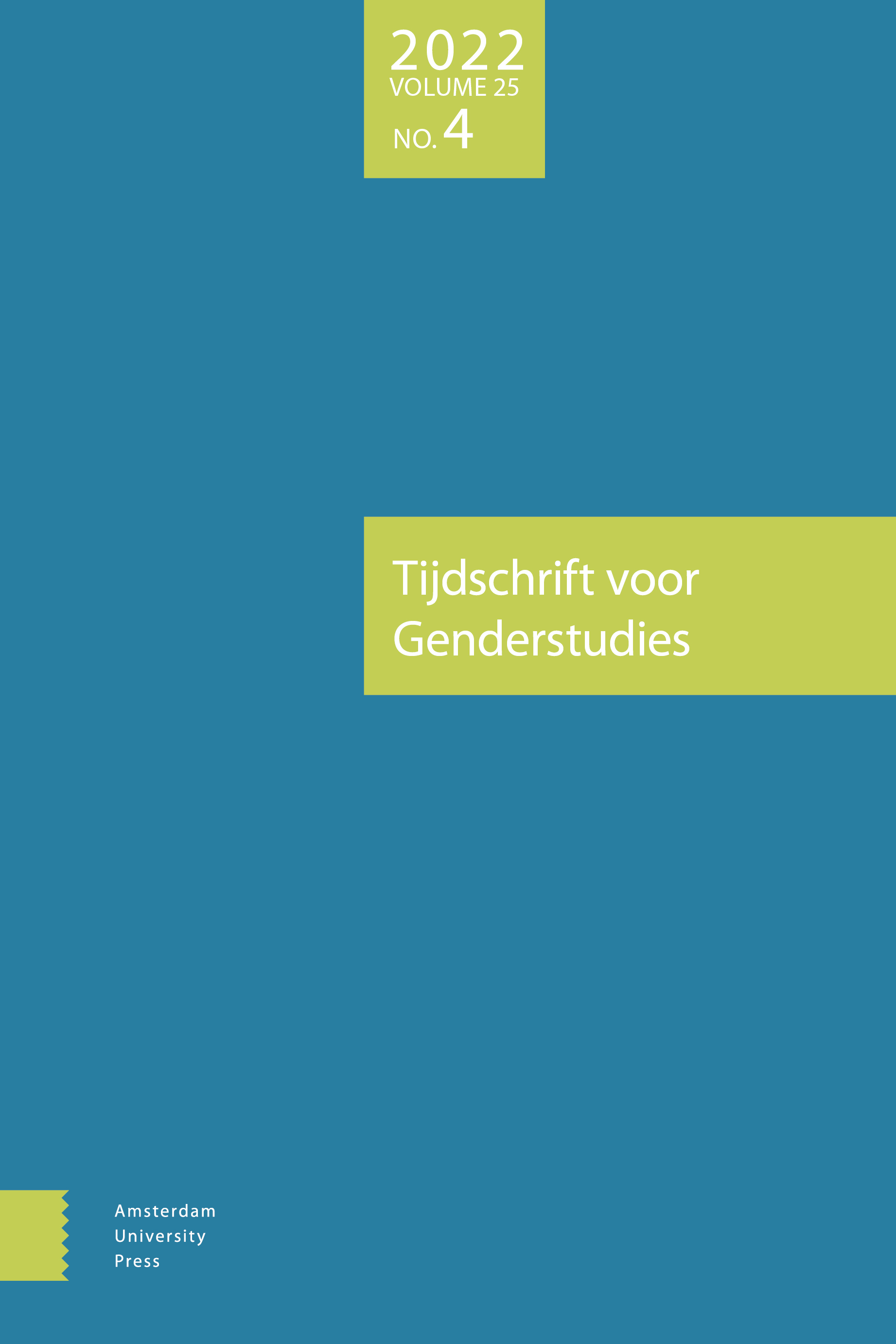-
oa ‘Work!’ Ballroom discipline, faking, and the production of queer freedom
- Amsterdam University Press
- Source: Tijdschrift voor Genderstudies, Volume 25, Issue 4, Dec 2022, p. 318 - 338
-
- 01 Dec 2022
Abstract
This article gives insight into the ballroom scene in the Netherlands, in which queers of colour find a safe space that enables what they call individual ‘transformation’ towards becoming their ‘free-selves’. During lessons and club events called ‘balls’ their performances are constantly evaluated and corrected, as co-students, teachers, audiences, and judges at the end of the runway exhort them to ‘work’ and ‘fake it’. Understanding ballroom as a form of minoritarian liberalism, this article uses these phrases to explore through what precise operations of self ballroom generates a form of queer freedom. Drawing on post-secular theories of docility, imitation and agency, we show that the cultivation of queer ‘free-selves’ is arduous and requires incessant individual and collective disciplinary labour. By disciplining the body to the outer, scripted performance of alternative gendered ways of being, the inner self changes accordingly. It can become the free and confident self that the body has been taught to imitate and display. Ballroom’s critical force does not lie solely in its queering of dominant constellations of sex and gender, but also in its queering of the operation and meaning of freedom.


